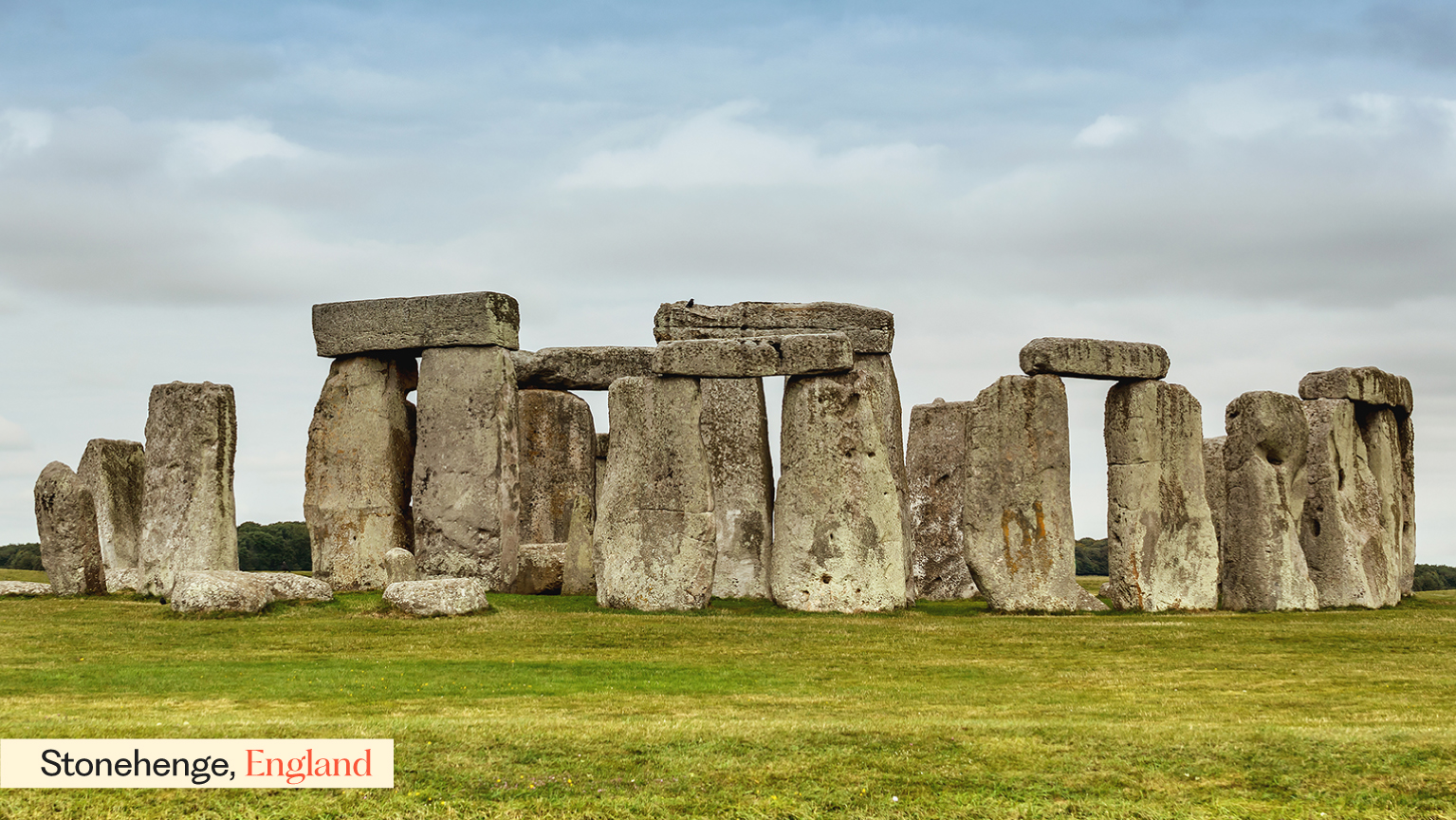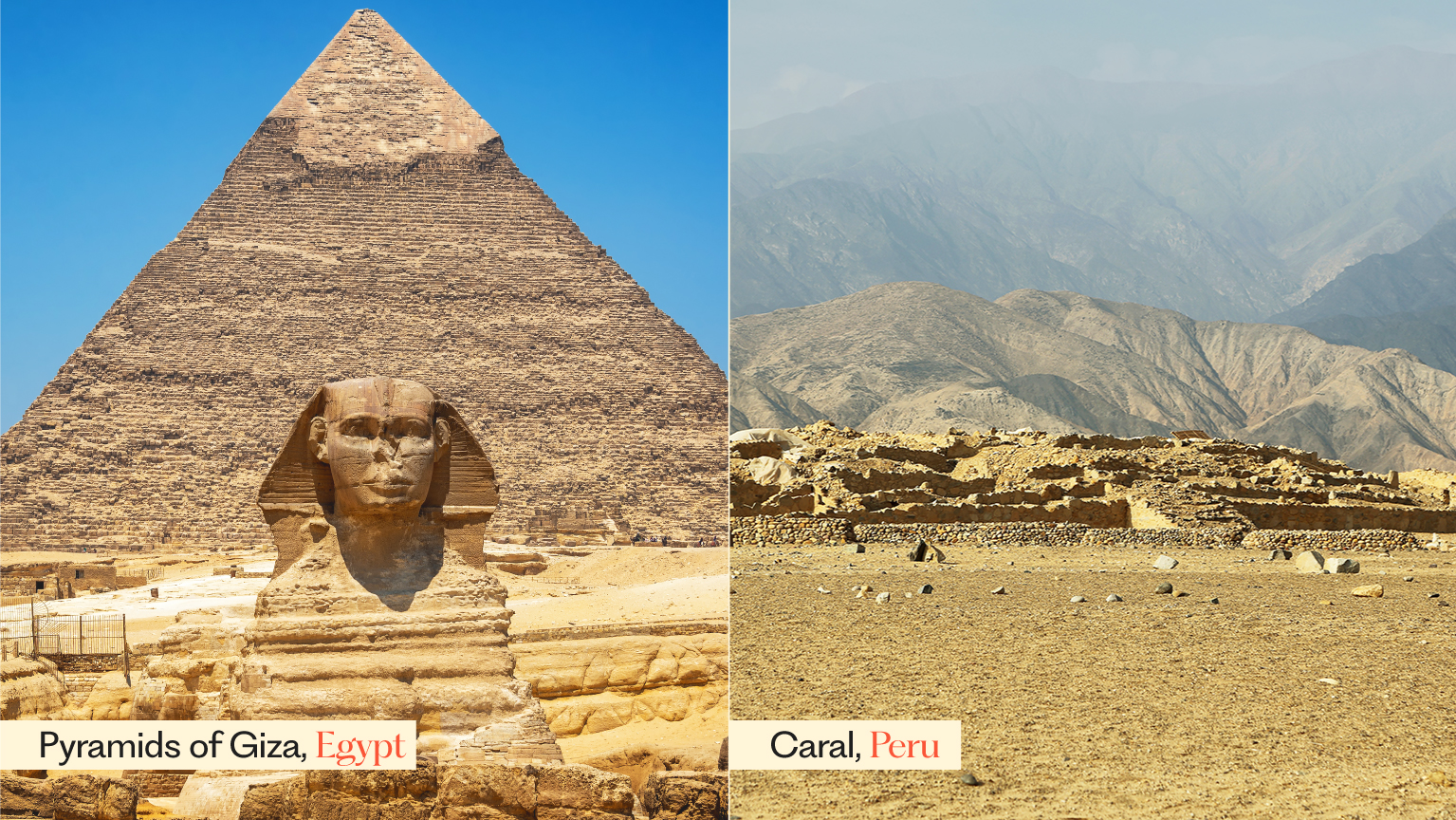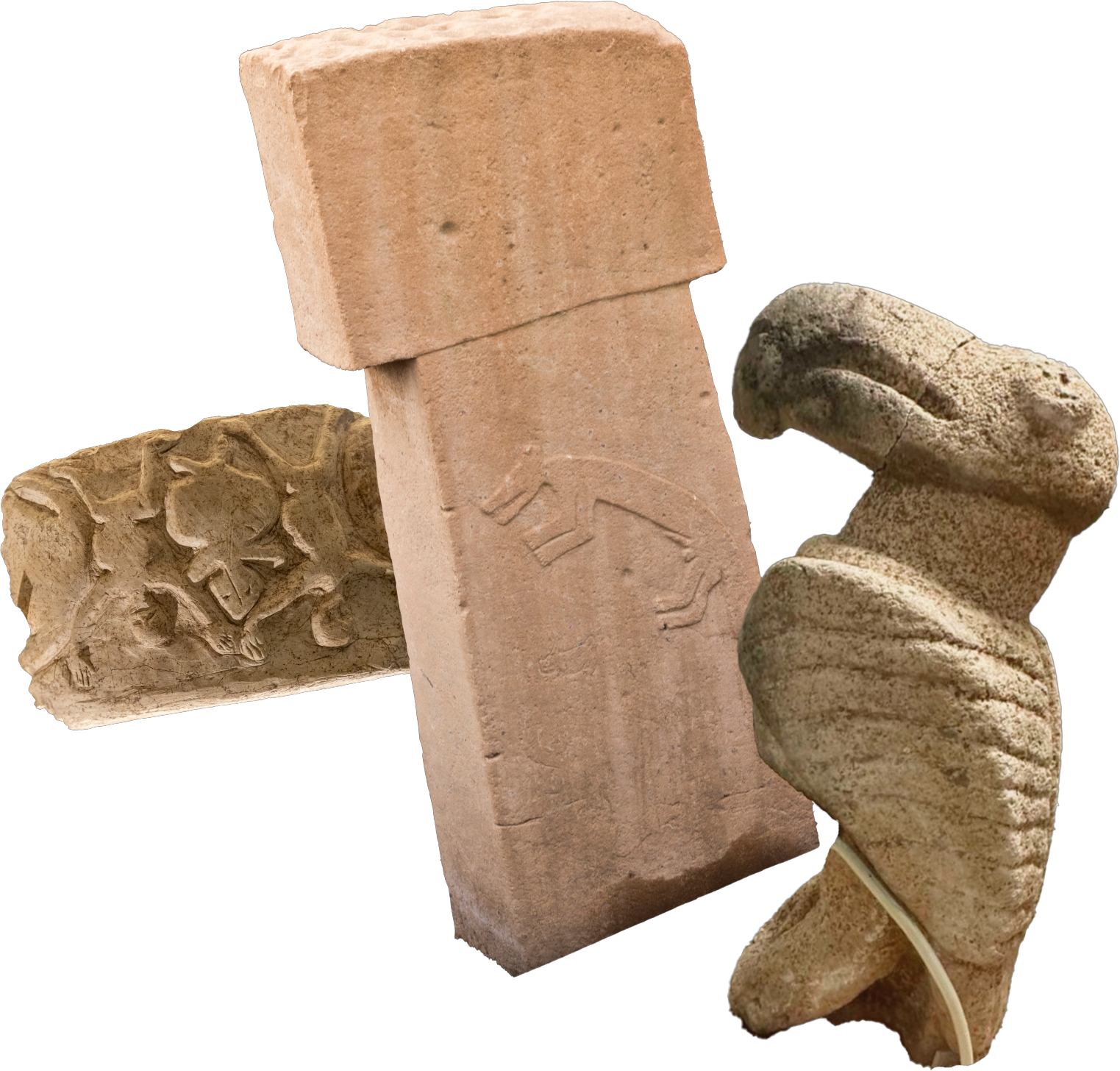If you're fascinated by ancient history and lost civilizations, you've probably dreamed of visiting the Egyptian Pyramids, Stonehenge in England, or the ancient cities of Mesopotamia.
But now there's a new discovery that challenges everything we thought we knew about human history—Taş Tepeler, the rising star among archaeology and history enthusiasts.

Why the World's Eyes Are Now on Taş Tepeler
Taş Tepeler is a large-scale archaeological project encompassing at least 12 sites, including Göbeklitepe, Karahantepe, Sefertepe, and Sayburç. The monumental structures unearthed here date back nearly 12,000 years, to the earliest phase of the Neolithic period.
This means these sites were built about 6,000 years before Stonehenge and 7,000 years before the Egyptian pyramids.
If you've ever looked at ancient monuments and wondered, "How did people manage to build this so long ago?", prepare to be even more amazed as you stand among the giant T-shaped pillars of Göbeklitepe or the captivating sculptures of Karahantepe. These sites represent the oldest known monumental architecture created by humans.
👉 Curious to dive deeper into the Taş Tepeler?
Read our guide:10 Questions About Taş Tepeler
Taş Tepeler Is Rewriting Human History
What makes Taş Tepeler unique is not just its age. Sites like Göbeklitepe (ca. 9600 BCE) and Karahantepe (ca. 10,000 BCE) contain some of the earliest examples of communal and symbolic architecture known to humankind.
Stonehenge (ca. 2500 BCE) is widely considered a ceremonial site composed of massive stone circles. The Great Pyramid of Giza (ca. 2580 BCE), built for Pharaoh Khufu, is thought to have served as a royal tomb. The Caral pyramids in Peru (ca. 2600 BCE) are among the earliest examples of urban and ritual architecture in the Americas. These structures emerged in different regions and at different stages of cultural development. What sets Taş Tepeler apart is that these monumental buildings were constructed long before agriculture, metallurgy, writing, or even pottery existed.
The symbols carved into the stones reflect complex social structures and a deep mythological understanding of the natural world. With the transition to sedentary life, such narratives likely helped early communities maintain social cohesion—and were perhaps shaped by the storytellers and artists of the time.
The discovery of Göbeklitepe shattered the long-standing assumption that settled life began with agriculture. We now know that early humans first gathered into communities, built monumental structures, and only later developed agriculture to sustain their way of life.
And Taş Tepeler is not just Göbeklitepe or Karahantepe—it comprises over 12 archaeological sites spread across 200 square kilometers, suggesting this region served as a cultural hub throughout the early Neolithic period.
Today, Taş Tepeler is not only one of Türkiye's most valuable archaeological regions but also a unique open-air laboratory that brings to light some of the oldest evidence of human civilization.
👉 Planning a trip to the region? Don't miss this travel article:Top 12 Places to Visit in Şanlıurfa

Discover Taş Tepeler for Yourself
Would you like to explore these monumental structures with expert commentary, rich visuals, videos, and 3D models?
📱 Download the Stone Mounds app now and start exploring sites like Göbeklitepe and Karahantepe—on-site or remotely—with the most up-to-date and accurate information directly from excavation leaders.



